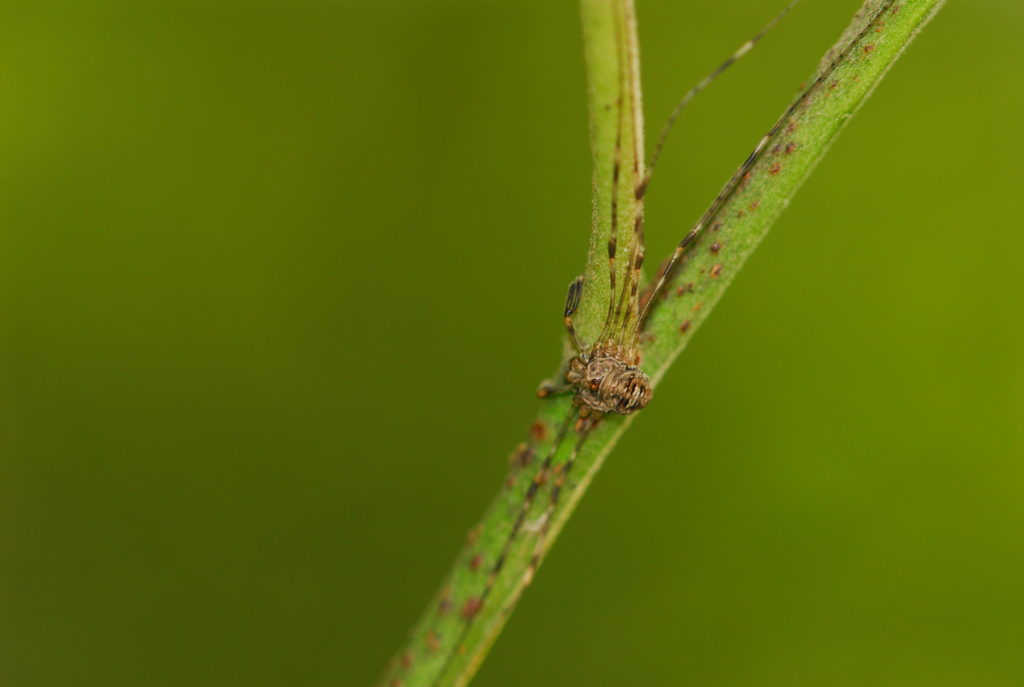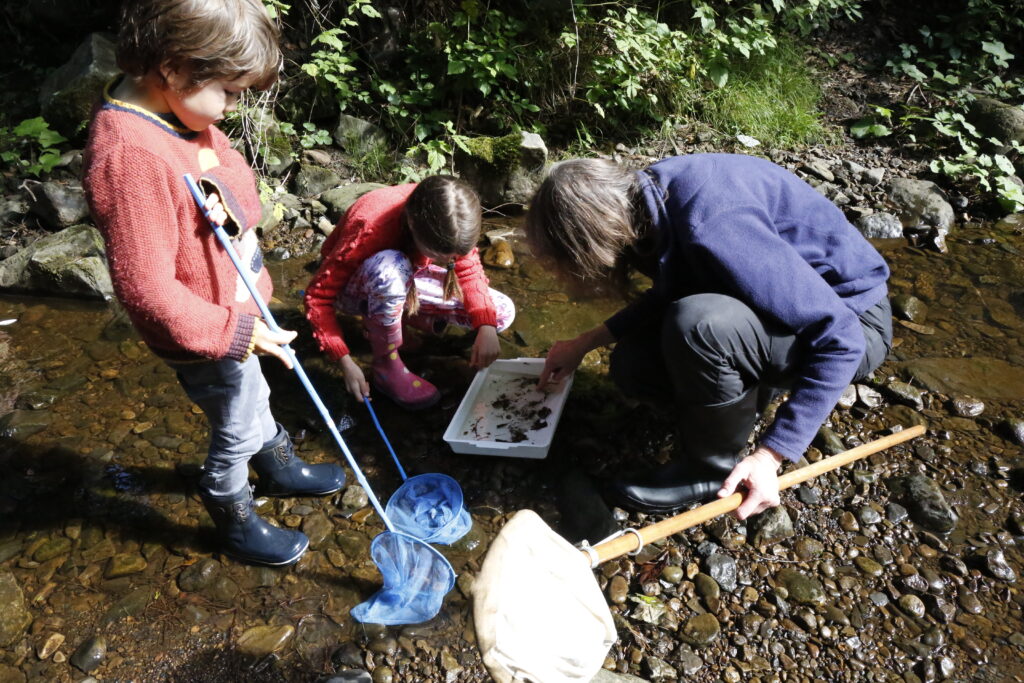What’s special
Birds of scrub, scree and crag
Birds of scrub, scree and crag
Rocky outcrops and thorny bushes may seem inhospitable but they are often good places to look for birds.
Most birds range between a number of different habitats, often nesting in one area but moving to another to feed. Areas where one habitat type merges with another are often popular as they allow birds to nest in one place and feed in an adjacent area. Patches of scrub offer a similar opportunity; birds can nest, shelter and sing from them but feed on the ground nearby. A number of species frequent areas of scrub or tall vegetation often at the moorland edge in the North Pennines. The whinchat is a colourful small bird that tends to nest in patches of long bracken. They habitually perch in a prominent position producing short scolding “tic tic” calls.
Elusive
A shy cousin of the blackbird, the ring ouzel prefers to nest amongst boulders, scree and crags. They need areas of tightly grazed, short vegetation nearby, however, in which to feed. With their black plumage and striking white crescent across the breast, ring ouzels are most commonly seen singing from an isolated tree at the moorland edge.
Powerful
The peregrine is one of the most dramatic birds one could hope to see. This large powerful falcon breeds on exposed crags where its vulnerable chicks are safe from predators. Peregrines have long, broad, pointed wings and a relatively short tail. Their agility in flight can be breathtaking as they plunge in pursuit of their prey, most commonly a pigeon. Only a few of pairs of peregrine breed in the North Pennines and their nest sites are a closely guarded secret as unfortunately this beautiful bird is still the target of egg thieves.











